A Fossil-Fuel-Free Fire Station is Coming to Somerville
Our First Fossil-Fuel-Free Fire Station will give firefighters of Somerville a comfortable reprieve where they can breathe easy.
View PostA conversation with Principals Stefanie Greenfield, AIA, and Justin Crane, FAIA
Municipal planning and community development departments are the tireless administrators that keep our cities and towns flourishing for all their citizens. As communities’ needs and budgets evolve and sustainability takes precedence, CambridgeSeven draws from the full range of our expertise to help clients find the best solutions that maximize today’s dollars for tomorrow’s citizenry.
We sat down with Principals Stefanie Greenfield, AIA, and Justin Crane, FAIA, to discuss best practices and lessons learned from these ongoing projects, which range from master planning and due diligence to fire station renovations and new community centers.
Justin: I love the variety of building types owned and managed by cities and towns. CambridgeSeven has always been an eclectic practice, and to work with clients that also have to think nimbly across building types is great fun. It becomes especially exciting when ideas start to flow between different project types – from best practices from higher [education] being implemented in community center classrooms to hospitality design informing the living spaces for firefighters.
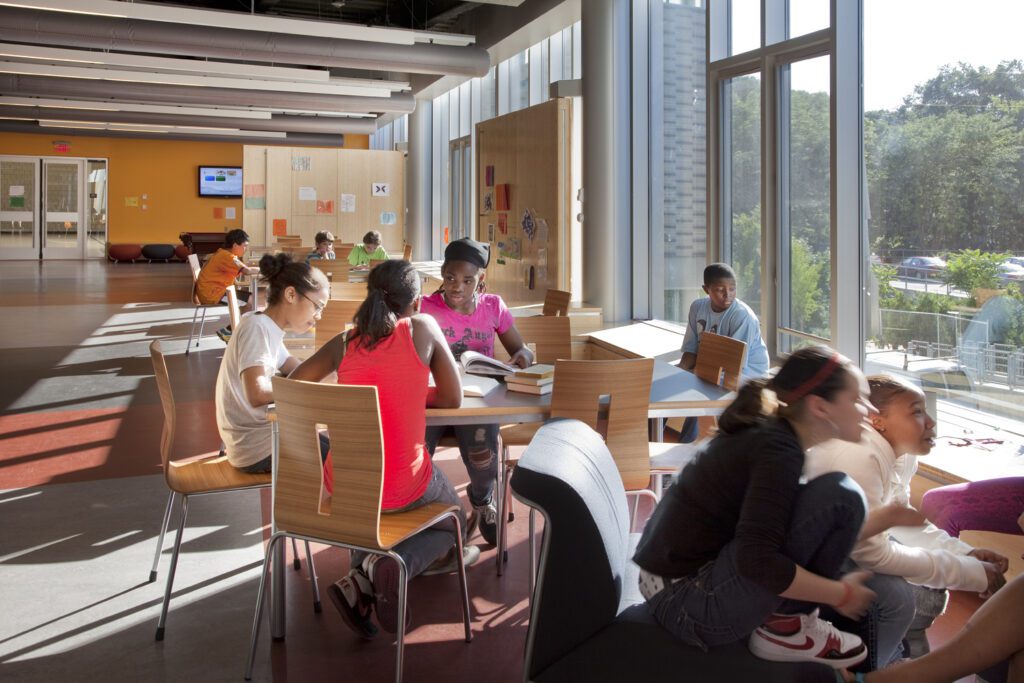
Stefanie: We have been entrusted to work one-on-one with a variety of department heads in each community. This allows us to create a kind of concierge service to listen and adapt to what various departments and stakeholders need. Through this type of partnership, we are able to walk them through the process in what for many, may be their first project of this type, and assist in decisions. One example is a recent meeting with an equity and inclusion coordinator who was faced with making community center space publicly available at night but closed off during the day. By reviewing programming and adjacencies, we were able to assist with a series of options they had not seen previously.
Justin: I’ve been pleasantly surprised by the creative new ways in which municipalities are serving their constituents. It goes far beyond simply fixing potholes and running elections or having 311 apps. Cities are exploring innovative approaches to improving the welfare of citizens as well as to engage all residents. From what I’ve seen, this trend has really accelerated since the pandemic, when cities and towns realized that traditional methods weren’t an option or weren’t serving the community equitably. We’ve worked with cities on everything from a gym that is now available for community residents to shared kitchens for culinary startups. Flexible architecture has also become critical, as municipalities are using existing spaces in new ways to meet people where they are; for example, using grade school lobbies as food pantry pickup locations.
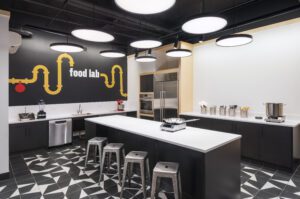
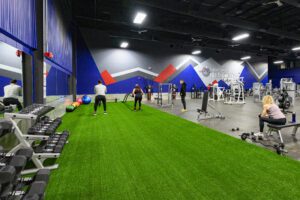
Stefanie: Citizen involvement is at an all-time high. One way we have been valuable to the governing bodies is to act as a kind of mediator in the listening process. Often we see citizens and civic leaders may be at odds. By translating ideas into design approaches and staying flexible and responsive through the process, we help build consensus and meet user needs. At the Foundry 101 project we crowdsourced programming ideas and through that open process, we learned that a variety of residents wanted a myriad of room types for activities. By creating flexible spaces with lots of storage, hand sinks, various light levels, acoustic privacy and technologies, we were able to accommodate every group—fiber arts, makerspace, dance, painting, food lab–that asked for a home in this building.
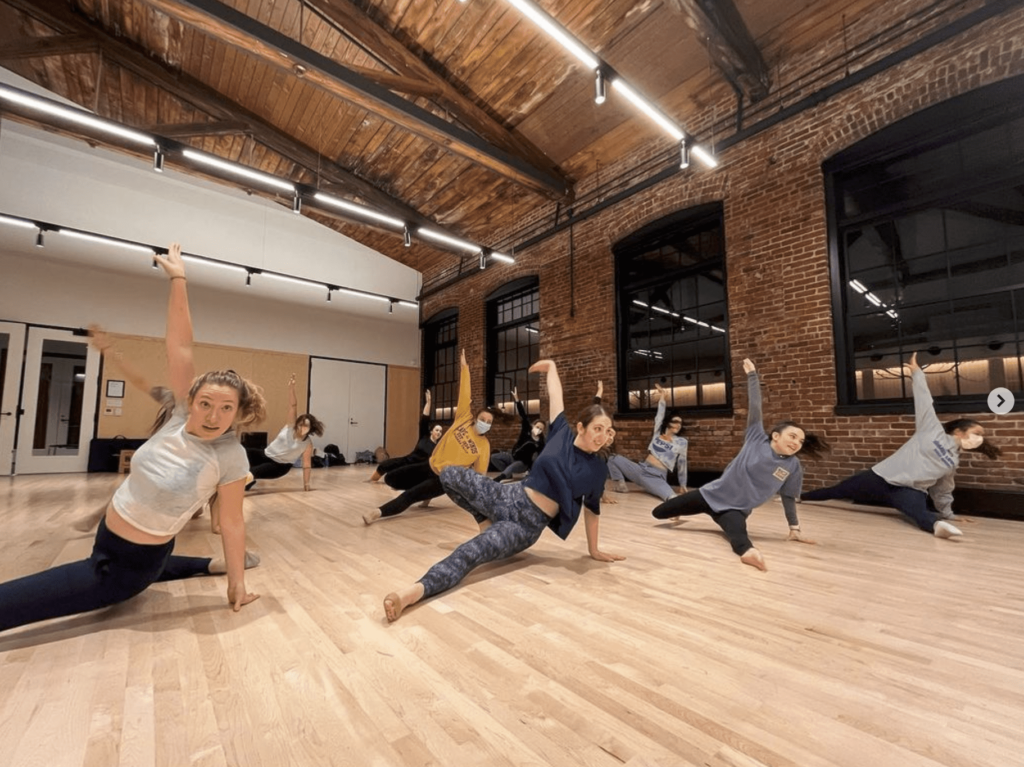
Justin: Cities are adopting plans for tracking and reporting emissions with the goal of net zero carbon, such as BERDO (Building Emissions Reduction and Disclosure Ordinance) in Boston and BEUDO (Building Energy Use Disclosure Ordinance) in Cambridge. They are using their own buildings as test cases and best practice examples for these policies, such as making the Foundry all-electric and net-zero-carbon ready. This, together with cities and towns having a strong commitment to renovation and reuse of their building stock whenever practical has led to several interesting projects in which old masonry structures have been transformed into energy-efficient, all-electric, net-zero-ready buildings.
Stefanie: We have become experts in understanding how to electrify the historic building portfolio of various cities and towns. Utility providers have strict requirements that allow for the increased electrical loads supporting zero-carbon HVAC systems and equipment. Working with our trusted mechanical and electrical engineers and utility providers, has allowed us to effectively space plan early in the design process in support of municipal decarbonization efforts.
Stefanie: We love working with the firefighting community. This is a remarkable profession that has worked tirelessly to protect their communities, yet they are often housed in older building stock that is in need of modernization. Whether in a new building or updating an existing station, we focus on creating healthy work environments through integration of advanced building systems that separate hot and cold zones, keeping dangerous contaminants out of living quarters, vital for a workforce in which occupational cancer is the leading cause of death. We are committed to advancing the best working environments possible. As well, the culture of each station, each Chief, and each city is different. We listen to the needs and social norms of each company and their Chief. Another important need is adapting stations to meet gender equity needs. This can be done in many ways and we are listening to each municipality for how they prefer to adapt to the changing work place.
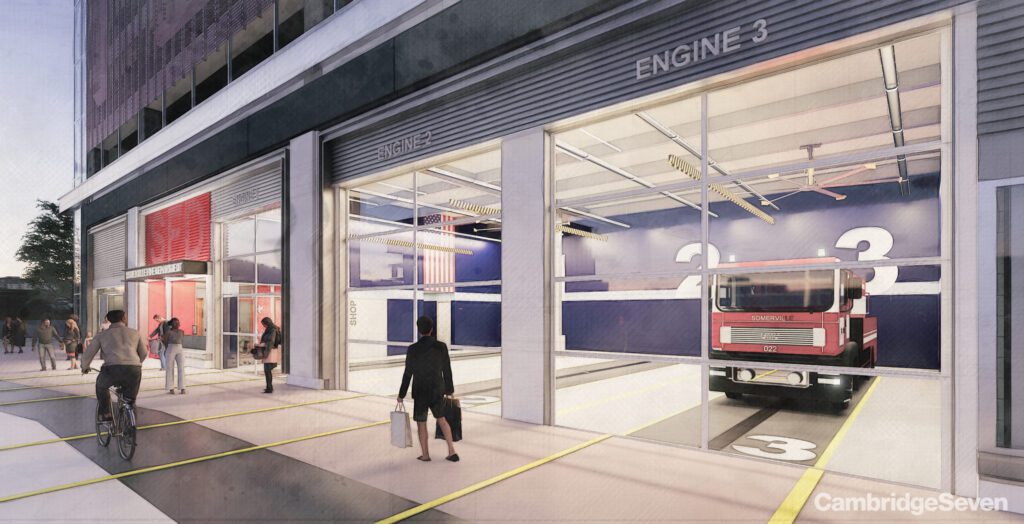
Justin: I think the most important aspect to approaching the repurposing of existing buildings is to not be limited by the building’s existing condition. We do extensive historic research – both in the field and at our desks – to clearly understand the original architectural intent. We then design to recapture the inspiring parts of an original structure. These big moves that eliminate poorly-executed intermediate renovations result not only in a better-performing building, but in a more inspiring space, too. Don’t underestimate the importance of constituents wanting to take pride in their buildings. Old, well-built buildings are symbols of the durability of civic life and can also be fascinating snapshots of part of a city or town’s history, as in one community that explored transformation of a former school to civic museum. This history and civic pride should be celebrated, as in the Foundry 101 where we opened up a space, harkening back to its originally full height industrial foundry to make a community hall. Or the restoration of the exterior of 26 Court Street to make the building that was once connected to Old City Hall into a new destination for constituent interaction.
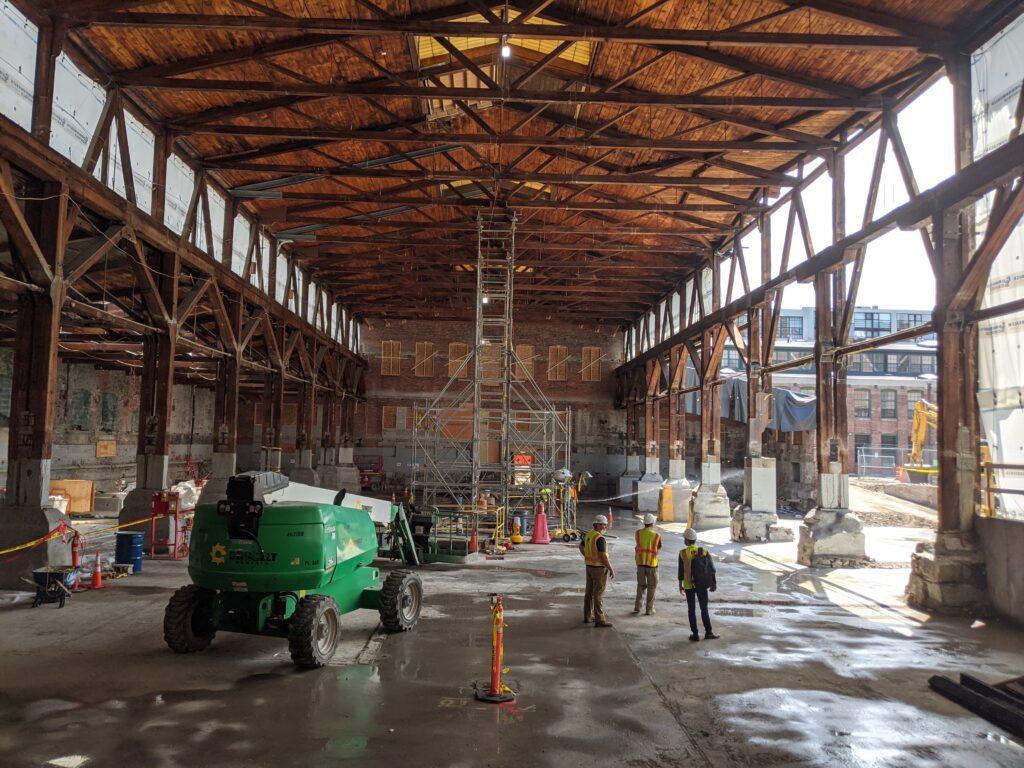
Stefanie: Another project we are testing now will house a mix of city services in a decommissioned, historic school building. Creating a hub that concentrates several public-facing city services helps to maintain the civic presence of the former school and allows us to work with each department to create flexible, accessible new spaces that better allow them to meet community needs. Elections, public safety, veteran’s services and animal commission are all potential tenants.
Justin: Opportunities to bring diverse constituencies together can be unique attributes of civic buildings, part of the dynamism of American cities, and should be embraced. For example, the Russell Youth Center hosts both a VFW lodge and youth center – creating a synergy that, while requiring careful considerations acoustic separation and multiple circulation paths, means activity at more times of day, broad citizen support, and inter-generational connections.
Our First Fossil-Fuel-Free Fire Station will give firefighters of Somerville a comfortable reprieve where they can breathe easy.
View PostWhat does creating a community have to do with architecture? Quite a lot, and it’s especially important for a development’s success.
View PostStefanie Greenfield, AIA discusses her design inspirations and why preservation and restoration are ever increasingly important architectural methods.
View Post